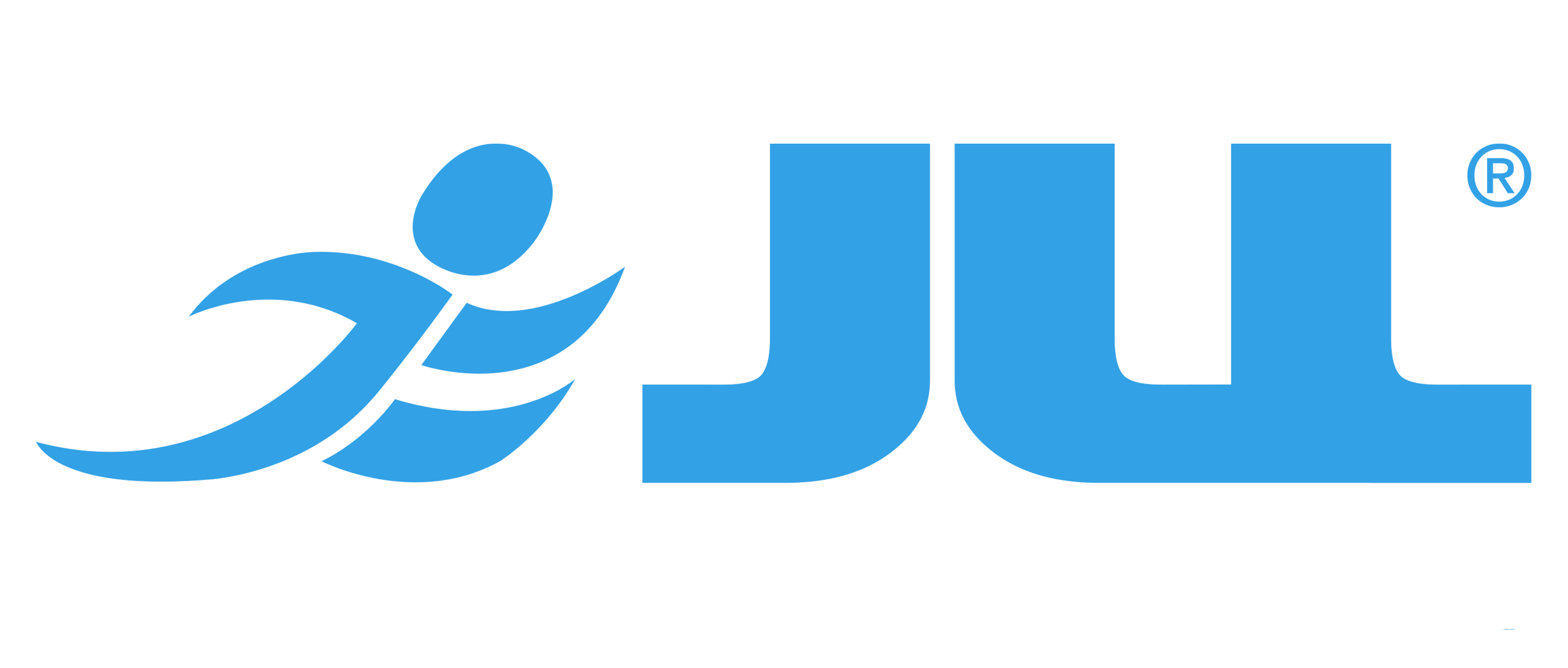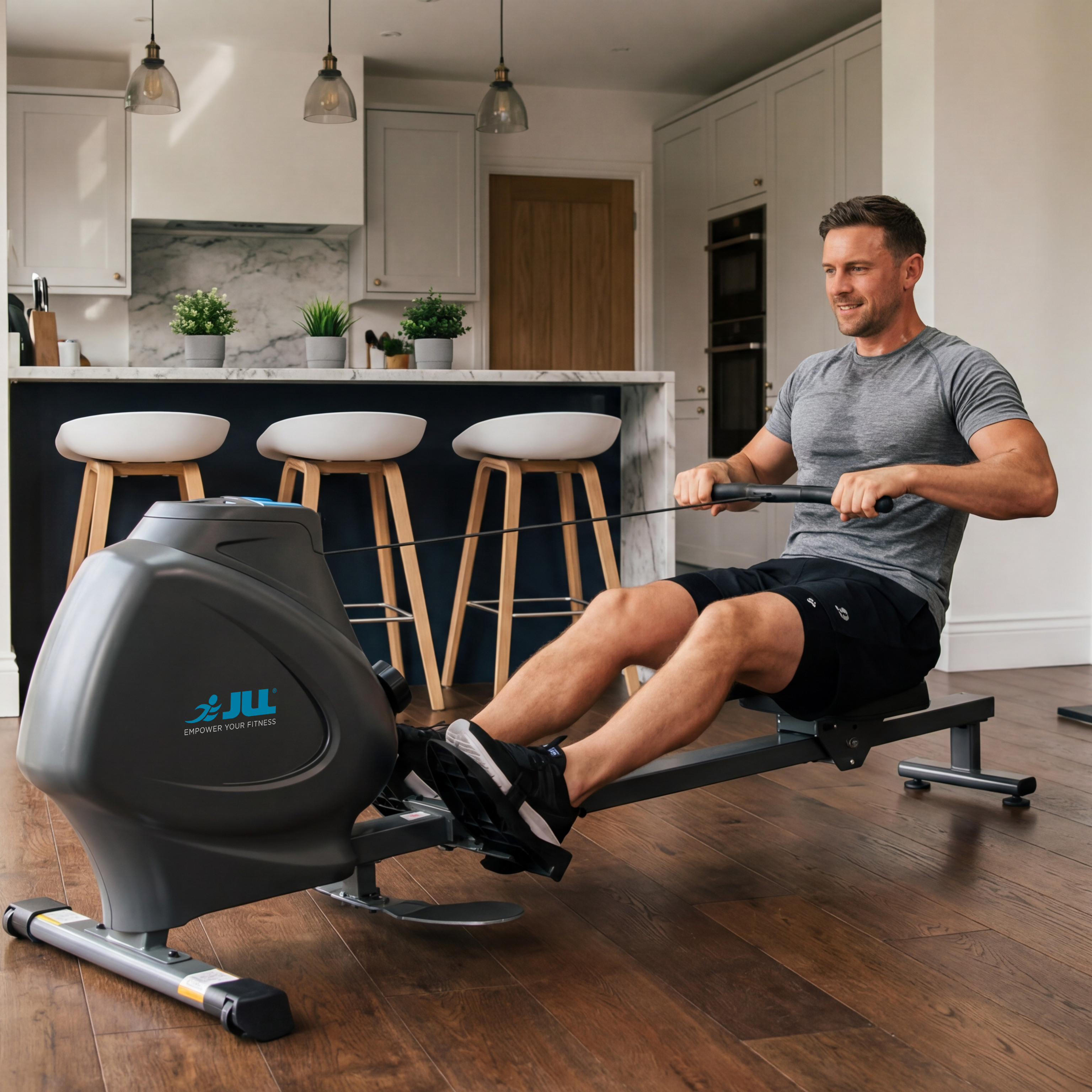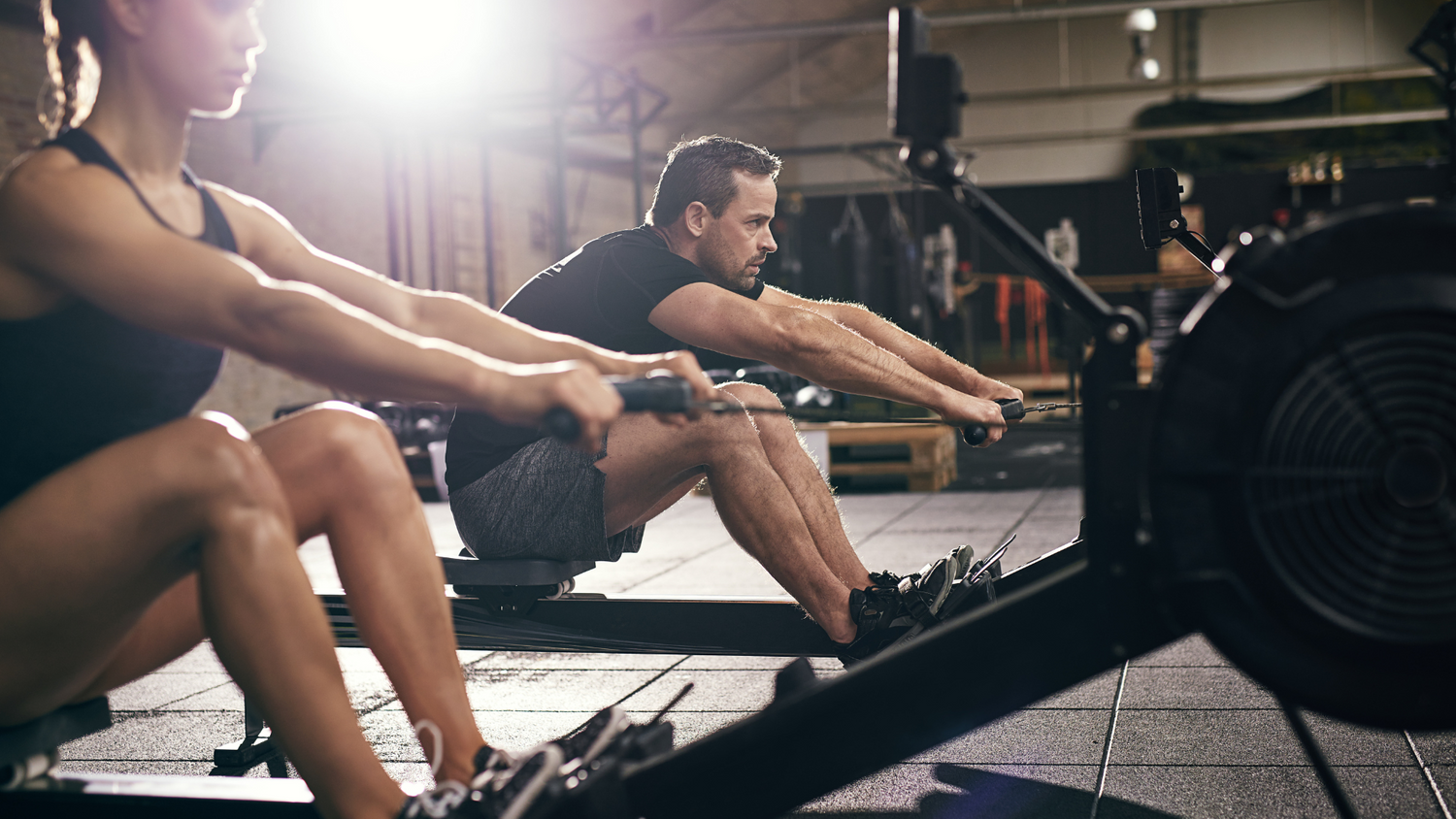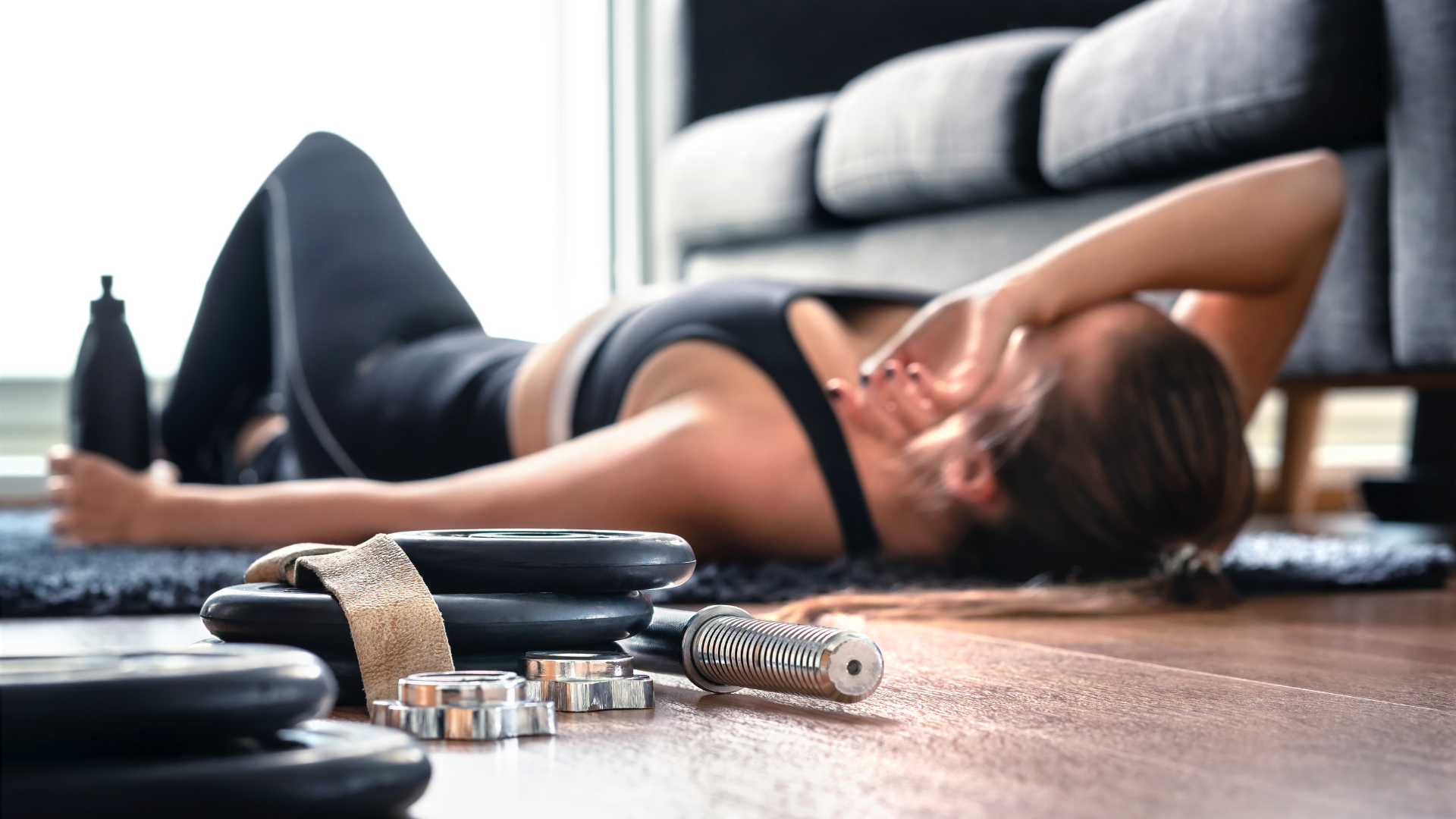Rowing machines offer a wide range of benefits that make them an excellent choice for cardiovascular exercise and strength training. Here are the key benefits of using a rowing machine:
-
Full-Body Workout
- Engages Multiple Muscle Groups: Rowing involves the muscles of the legs (quadriceps, hamstrings, calves), core (abdominals, obliques), back (latissimus dorsi, rhomboids, trapezius), shoulders (deltoids), and arms (biceps, triceps).
- Balanced Muscle Development: The pulling motion engages both the upper and lower body, promoting balanced muscle development across major muscle groups.
-
Low-Impact Exercise
- Gentle on Joints: Rowing is a low-impact exercise that minimizes stress on the joints, making it suitable for individuals with joint pain or those recovering from injuries.
- Reduced Risk of Injury: Unlike high-impact exercises like running, rowing allows for smooth, controlled movements that decrease the risk of injury.
-
Cardiovascular Fitness
- Effective Cardio Workout: Rowing raises heart rate and improves cardiovascular endurance, similar to activities like running or cycling.
- Variable Intensity: Adjusting resistance levels or rowing intensity allows for customisation of cardiovascular workouts to match individual fitness levels and goals.
-
Calorie Burning and Weight Loss
- High Calorie Burn: Rowing is an efficient calorie-burning exercise that can help with weight management and fat loss.
- Metabolic Rate Boost: Engages large muscle groups, which can lead to an increase in overall metabolic rate even after the workout.
-
Improves Posture and Core Strength
- Core Engagement: Rowing requires a strong core to maintain proper posture and stability throughout the stroke, leading to improved core strength and stability.
- Postural Benefits: Regular rowing can help improve posture by strengthening the muscles that support the spine.
-
Joint Flexibility and Mobility
- Range of Motion: Rowing through a full range of motion promotes joint flexibility and mobility, particularly in the shoulders, hips, and knees.
- Functional Movement: Mimics natural rowing motion and enhances functional movement patterns used in daily activities.
-
Mental Health Benefits
- Stress Reduction: Like any aerobic exercise, rowing can help reduce stress levels and improve overall mood through the release of endorphins.
- Mind-Body Connection: Focuses attention on coordination and rhythm, promoting mindfulness during exercise.
-
Suitable for All Fitness Levels
- Beginner-Friendly: Provides a low-impact option for beginners starting a fitness regimen.
- Challenging for Athletes: Adjustable resistance levels and workout programs cater to athletes looking to intensify training sessions.
-
Convenience and Accessibility
- Indoor Exercise Option: Can be used indoors year-round, providing a consistent workout environment regardless of weather conditions.
- Compact Design: Many rowing machines are compact and foldable, making them suitable for home use without occupying much space.
In summary, rowing machines offer a comprehensive workout that targets multiple muscle groups, improves cardiovascular fitness, enhances posture and core strength, and provides mental health benefits. Integrating rowing into your fitness routine can contribute significantly to achieving fitness goals, maintaining overall health, and supporting a balanced lifestyle.








Leave a comment
All comments are moderated before being published.
This site is protected by hCaptcha and the hCaptcha Privacy Policy and Terms of Service apply.